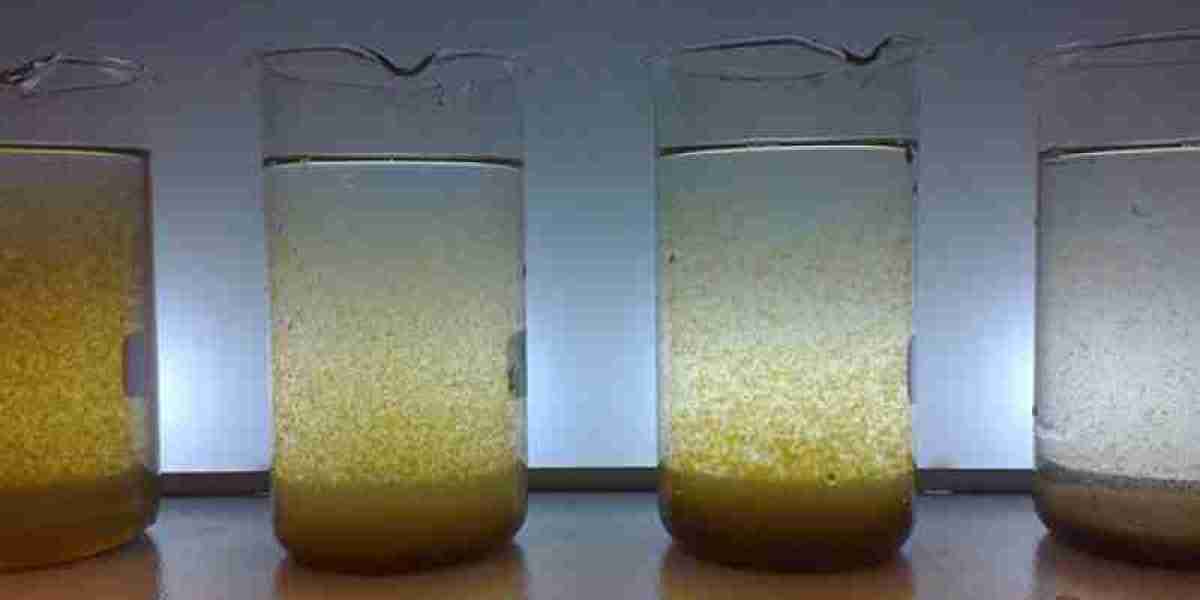The flocculant and coagulant market plays a crucial role in various industries such as water treatment, mining, paper and pulp, and even food processing. These chemicals are used for the removal of suspended particles, organic and inorganic matter, and impurities from water, helping in processes like clarification and wastewater treatment. Despite their critical importance in environmental management and industrial processes, the flocculant and coagulant market faces several restraints that could potentially hinder its growth. This article delves into these challenges, examining the factors limiting the market's development.
1. Environmental Concerns and Regulations
One of the most significant challenges for the flocculant and coagulant market is the increasing environmental concerns regarding the use of synthetic chemicals. Many flocculants and coagulants are derived from petrochemical sources, leading to concerns about their environmental impact. The potential for toxic by-products, long-term environmental harm, and accumulation of chemicals in water bodies raises alarms among regulatory bodies and consumers alike. Consequently, governments across the globe are imposing stricter regulations on chemical usage in water treatment processes.
Such regulations are driving the market toward more sustainable and environmentally friendly alternatives. However, the transition to these alternatives may increase costs and limit the growth of the market, especially in developing countries where cost sensitivity is high.
2. High Cost of Flocculants and Coagulants
Flocculants and coagulants, especially those that are biodegradable or derived from natural resources, tend to be more expensive than their synthetic counterparts. The high cost of production can create a barrier for many industries, particularly in low-margin sectors like agriculture or small-scale manufacturing, which might not have the budget for expensive chemicals.
Furthermore, while biodegradable or natural alternatives may align with the growing demand for environmentally friendly solutions, the initial investment in these products can be a significant restraint for companies seeking cost-effective solutions in their water treatment processes. This can slow the rate of adoption of more sustainable flocculants and coagulants.
3. Limited Availability of Raw Materials
The availability of raw materials for manufacturing flocculants and coagulants is also a major constraint on market growth. For instance, certain coagulants, such as aluminum sulfate, require specific raw materials that may be subject to supply disruptions or market volatility. Similarly, synthetic polymers used for flocculation may rely on petrochemicals, the prices of which can fluctuate due to geopolitical factors, environmental policies, and market dynamics.
In addition, the environmental impact of sourcing raw materials for flocculants and coagulants may further restrict the industry’s potential. Companies may face challenges in securing a consistent supply of high-quality raw materials, thus increasing production costs and reducing market growth potential.
4. Competition from Alternative Water Treatment Technologies
The market for flocculants and coagulants faces intense competition from other water treatment technologies, such as advanced filtration methods, ultraviolet (UV) disinfection, and electrocoagulation. These technologies are gaining popularity due to their energy efficiency, minimal chemical usage, and environmental benefits.
As industries and municipalities look for ways to reduce chemical usage, the demand for alternative technologies is increasing. This shift poses a challenge for the flocculant and coagulant market, as companies must innovate and adapt to stay competitive. However, while alternatives may offer some benefits, they also come with their own set of challenges, such as higher initial capital costs, complex operations, and the need for specialized equipment and expertise.
5. Lack of Awareness and Technical Expertise
Another restraint in the flocculant and coagulant market is the lack of awareness and technical expertise in emerging economies. In many regions, particularly in developing countries, industries may not fully understand the benefits of using these chemicals for water treatment processes. Additionally, there may be insufficient knowledge about the selection, dosage, and optimal use of flocculants and coagulants.
This lack of technical knowledge can lead to inefficient usage, underutilization of the chemicals, or improper disposal, which can have detrimental effects on both the environment and operational efficiency. Educating industries and local governments in these regions about the importance of flocculation and coagulation is essential to driving market growth.
Conclusion
The flocculant and coagulant market is facing several restraints that could limit its potential for growth and innovation. Environmental concerns, high costs, limited raw material availability, competition from alternative technologies, and lack of technical expertise all play significant roles in hindering market expansion. However, by focusing on sustainability, innovation, and awareness-building, the market can navigate these challenges and continue to play a vital role in water treatment and other industrial applications.




